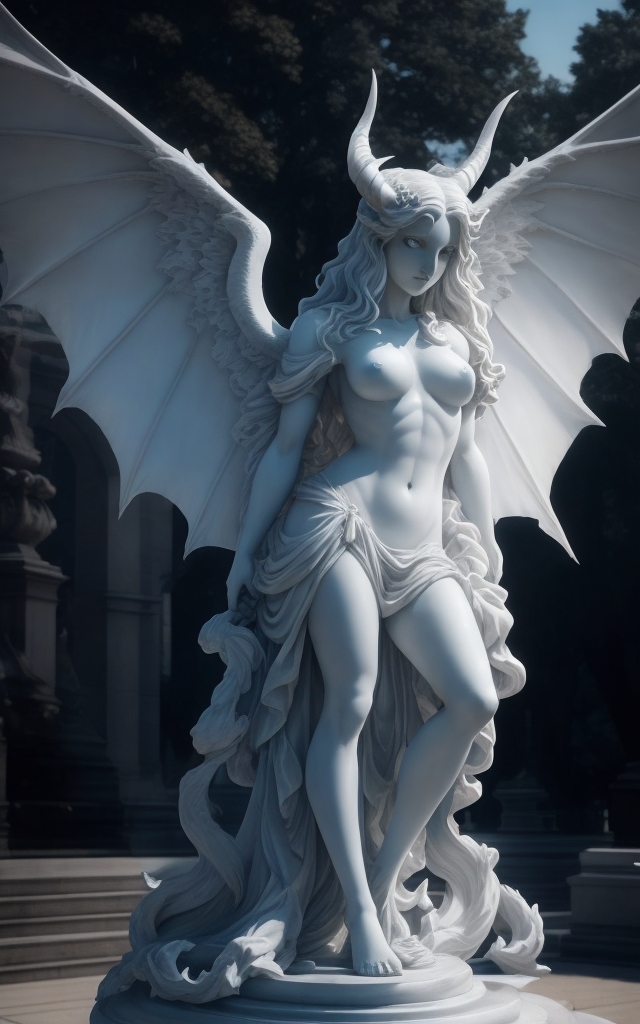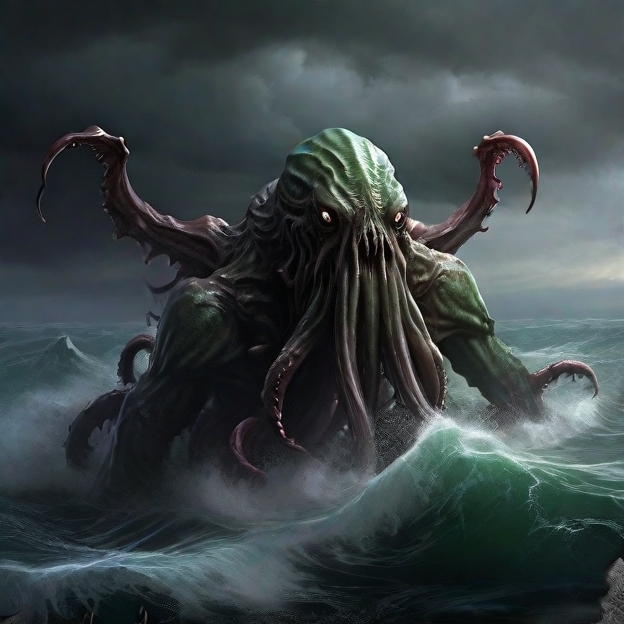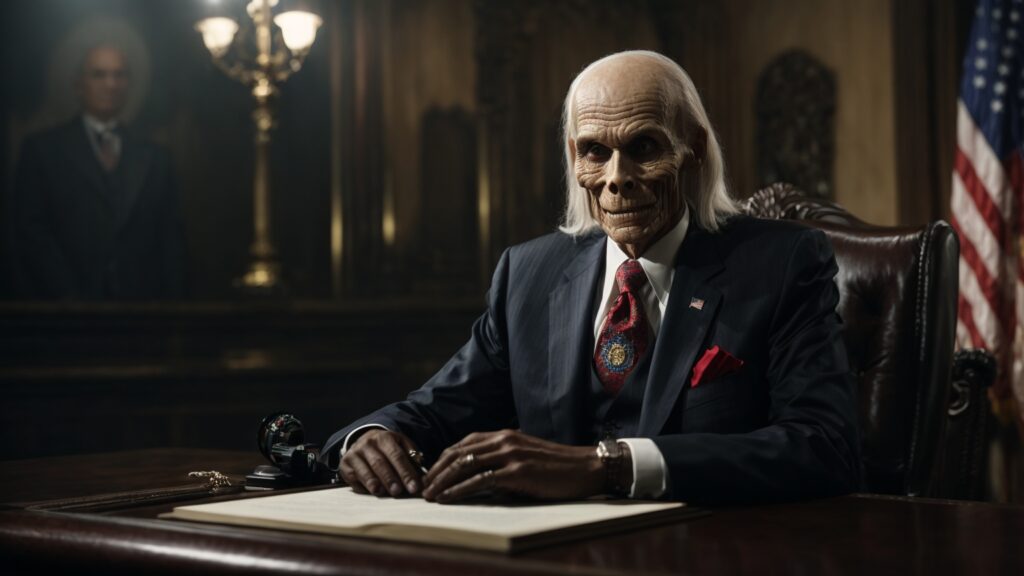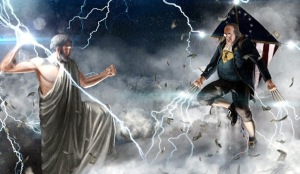
This should come as no surprise to you, loyal and attentive reader: people annoy the shit out of me. And that’s never been more true than right now. This present batch of brats is the absolute worst. And, as usual, the problem stems from linguistics. Okay, maybe it doesn’t actually stem from linguistics, but people’s linguistics are alarmingly accurate barometers of the bullshit that ails them. Among Gen Z, there is a grotesque tendency, not necessarily toward simple hyperbole, but to a rather overdramatic framing of their completely ordinary and mundane existences to try to…I don’t know…make themselves sound significantly more interesting than the reality of their mundane existences warrants.
Perfect. The first thing that comes to mind is the one I most frequently have to endure, happening virtually anytime I leave the Safehouse and interact with someone (usually female), or when I pick up the phone. For the last several years, anytime I’ve been asked to something totally banal (like sign a form, press a button, or write my address), once I’ve done it, I’m told it was “perfect.” But they usually say it like, “Puuuur-fict!” But it wasn’t perfect. I simply signed something. And my signature (especially if it was on some sort of tablet or phone) was anything but “perfect.” It was likely a mess. They usually come out looking like a fucked cardiograph. Doesn’t matter: I’ll be told it was “perfect.” I was a doctor’s office recently, and I had to sign several forms, and then make a next appointment. After each signature (there were 4 or 5), the chick that was telling me to sign said, “perfect.” After the first couple, I start really fucking things up, I was drawing little middle fingers, and signing my name as Turd Ferguson and stuff. Didn’t matter: still “perfect.” Mindlessly attributing superlatives of perfection to imperfect things pissed me off. I blame the last two generations of Americans who grew up with participation awards and not keeping score in baseball games and all that horseshit. “Perfect” is not the worst offender, but certainly the most frequently deployed.
Rescue. This one’s been bugging me for a couple of decades, now. When I first heard it, a friend told me he and his lady had rescued a dog. That’s fucking awesome, I thought to myself, having no one else to think to. It was so awesome, I decided to share the thought with my friend: “That’s fucking awesome,” I told him. “Tell me what happened.” Life, at the time, had become unsustainably mundane, and I remember a thought that kept picking at my mind during this period: “I am no longer impressed by anything.” So to hear a story of valor and courage in a first-hand account of how my friend had committed an act (or acts, perhaps) of heroism to rescue a puppy from certain death was potentially enough to jar me out of my malaise. I braced myself excitedly for the tale.
“Oh nothing…we saw him on the shelter’s website the night before, and went and picked him up the next morning.”
Um…what? You “went and picked him up?”
My disappointment grew so quickly it turned into disgust.
Kick in the front door of a burning building, a fully engulfed house, and selflessly run headlong into the flames while trying to listen to the dog’s cries for help, finding the dog, picking it up, and running back through the flames and outside to safety…that is a rescue.
Drive down to Mexico, fight the police, engage in a gun battle with cartel sicarios, grab the cartel’s pet chihuahua, escape back up to the States…that is a rescue.
Join a tactical team on a midnight raid on a supermax prison cellblock that’s been taken over by gangs to find and retrieve the golden retriever puppy that was taken from the prison’s Puppy Program by the most vicious gang that’s threatening to decapitate and eat the puppy if their demand for 147 pepperoni pizzas isn’t met…that is a rescue.
Even if you wanted to call adopting a dog from a shelter a “rescue,” it had damn well better involve rushing into the kill room and snatching away the dog in 5-point restraint, strapped to an execution table with some sadistic, dog-hating shelter worker hovering menacingly over the thing, ready to bring a raised death-hammer down on the shivering dog’s head. And if that wasn’t the case, you didn’t “rescue” shit! You ran a pleasant errand…that’s it.
I recently technically “rescued” a puppy. From a shelter. No gun battles, no burning buildings, no supermax prisons…there wasn’t a bit of rescue involved: I had to drive to a tacky strip-mall, meet up with the Croc™-wearing teenager who had been fostering this weird creature, pay the shelter a couple hundred bucks, and that was that.
Survivor. I might piss a few people off with this one, but I don’t care…I’m sure you’ll survive. The problem is then you won’t shut up about it. First, though, a caveat: this has absolutely nothing to do with people who have actually survived acutely life-threatening events, e.g., Hamas attack on a kibbutz, a plane crash, a night in December on Donner Pass without shelter, a pogrom, a deadly volcanic eruption on the Pacific island where you’re vacationing, your parachute failing to open, etc. A few years ago I would have included “Pandemic” in the list, but, like most of the English language, the meaning of that term has been changed and watered down for reasons too dark to contemplate while sober: while Covid may have been technically a pandemic, it was a big pink titty compared to actual species-threatening pandemics, like the Plague, the original strains of Ebola, etc. Call me old-fashioned, but you can’t say you “survived” a pandemic unless there are actual corpses in the street. But never mind all that. Here’s my point, if there is one: there are a hell of a lot of people running around these days claiming to be survivors of things that could never kill them, or claiming to have survived something catastrophe that 9 out of 10 people will experience during their lifetimes. The first level of this issue, to me, is simple: people claiming to have done something special by “surviving” something that, sure, could have killed you, but it could have killed everybody else just the same. And they’re not calling themselves survivors. Then you have this group of people who have all, say, had cancer and “survived,” but these people over here want credit and recognition, while the majority of people in the group don’t feel the need to talk about their cancer survival and would rather just get on with their lives. The second level of this issue is what happens to the credit seekers: they become completely identified as a victim. A victim who survived, sure, but a victim nonetheless. I’m thinking of a particular cancer survivor I know. She was diagnosed with cancer, got chemo, and survived. And how proud and happy we all were of her. But that was ten years ago, and not only has she not yet shut up about it, but she has done nothing else with her life. She still, after all this time, is running around “sharing her story” of cancer survival to anyone who will sit still long enough to listen. Though she didn’t have a hell of lot to talk about before the cancer, her entire identity has been completely wrapped up in talking about cancer. At this point, at least in my head, she has become cancer. She has become the walking, talking, pissing and moaning, annoying incarnation of cancer. There were a few years after she had survived the cancer that many of her family and friends took to referring to her with unkind nicknames, each of which seemed to utilize “cancer” as a first name, e.g., Cancer Squirrel (for her tendency to stash food throughout the house), Cancer Witch (because she did weird shit with altars and candles and shit throughout her treatment, et cetera, until the modifier became the name, and people just started referring to her as The Cancer, i.e., ‘Aw shit…here comes The Cancer.” Which, I believe, was the exact opposite of what her carcinogenic ass was shooting for.
Anyway, the point is that I know at least half a dozen cancer survivors…only one of them is worried about getting credit for it. And she looks like an ass. I have “survived” similarly dire medical threats, and I didn’t say shit about it. And the people I see how have “survived” the same thing who won’t shut about it are not held in very good esteem in my head. In fact, I frequently mentally label them as “pussies.” You survived: congratulations. Now get busy living.
Journey and Brand. Life is not a journey. But even if you insist on considering it as such, you must accept, then, that everyone’s on a journey. Your journey, though I’m sure unique, is likely not any more special than anyone else’s. Sure, the variables and details will be very different, but overall, all journeys are quite similar…rather like the story arcs of screenplays: all different characters and plots, but all basically the same three-act story. Sure, your journey might be more difficult or interesting than some people’s, but chances are your “journey” is a big pink titty compared to what other people have gone/are going through. Your weight loss is not a journey. Incidentally, you probably don’t have a brand. If you’re Stephen King and you write best-selling horror books, you have a brand. If you’re Ronald McDonald and you sell billions and billions of delicious hamburgers to the entire planet, you have a brand. If you’re a barista or cosmetologist or working at the Vans Outlet, and you have an Insta, you probably don’t really have a brand. As with all of the terms mentioned supra, I submit they are all used purely for self-aggrandizement. To try to pretend one’s existence is far more important or significant than it really is.
I’m not bitching about this just to bitch, dear reader. Our generation was responsible for grotesque abuse of “awesome.” Which was all fine and fun until the day I saw something that was quite literally awesome and I had no words to describe it. I couldn’t use “awesome” because that word had been so inappropriately used to describe things as mundane as getting high score on a video game. Such exaggerations lead to a desensitization to truly significant events or conditions, ultimately devaluing the meaning and impact of our words.
N.P.: “Beautiful Dangerous” – Slash, Fergie







